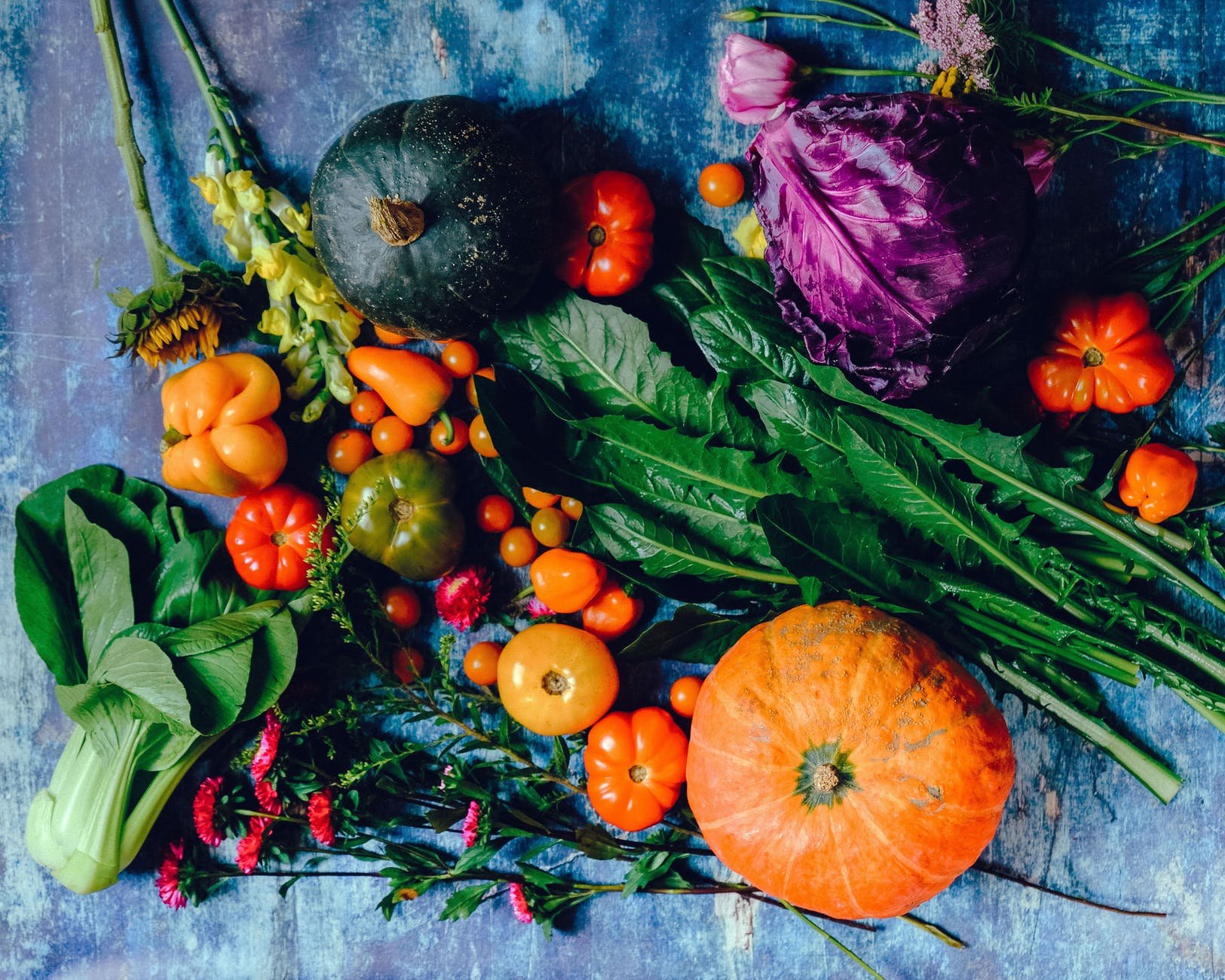
Today, organic crops are reaffirmed as the best alternative. Tomatoes, lettuce, carrots, strawberries, blackberries, basil, rosemary ... all grown at home with the methods of organic farming.
To begin with, the first step is to choose the pots you will use. It is advisable to have a minimum depth of 40 centimeters that helps you develop the roots of what you decide to plant. It is also important that you ensure good drainage for them, so the base should be perforated. If not, you can do it yourself, placing it on bricks or another object in order to raise it from the floor to make the holes through which the irrigation liquid will flow.
Now, the options that you can plant in your garden:
1. Oregano: it is a classic that is used in sauces and dressings. As it has a strong summer growth and good flowering, the secret is to practice cleaning pruning, that is: removing leaves and dead branches. In this way, the production of new twigs is stimulated.
2. Basil: special for salads and pasta. The sowing takes place indoors at the end of winter or in spring. After a month and a half, approximately, when the seedlings reach 5 or 8 centimeters high, they can be transplanted into individual pots and kept outdoors. Of course: in winter, to take care of the cold, you have to cover it with a protector.
3. Parsley: ideal for marinating meat and fish, has the advantage that you can plant at any time of the year. Its seed takes almost a month to germinate, and after two months the plant is grown. When you need some twigs, cut them flush with the ground to keep the crop healthy.
4. Chive: it is fast growing. In the winter you will notice that it decays a little, but it is part of its cycle: in spring it returns to give new leaves. When you want some leaves, cut them with scissors, without throwing. Keep it handy for dips, stuffed with cakes and to decorate dishes. It is the touch of distinction.
5. Mint: planted in late spring or fall. In the pot add ripe compost or earthworm humus in the area of contact with the roots. In winter it seems to dry up, but it always grows again, it is very resistant. Ideal for seasoning vegetables and preparing delicious drinks. It combines perfectly with chocolate.
6. Rosemary: it is a resistant bush, but attention: it does not tolerate the excess of water, for that reason it is necessary to be careful in the irrigation. In winter it is convenient to protect the plant from the cold indoors. A must to season sauces, dressings, meats and aromatize oils.
7. Thyme: the seeds are planted at the end of winter or at the beginning of spring. Both the lack and the excess of water are harmful to thyme. You can grow it indoors, but always near a window with lots of light. In winter you need protection against frost. An aromatic that is used for meats, risottos, and soups.
8. Radicheta: it is planted all year round, but it is better to do it in autumn and spring. The leaves are harvested when they are 10 centimeters tall. So that the leaves have flavor, you have to water it as necessary and avoid the lack of water in the pot. To have salads always fresh, with tender leaves.
9. Lettuce: it occupies little space and, depending on the varieties, it is cultivated all year round. When harvesting, it is not necessary to remove the whole plant, but only the mature leaves that you need to take better advantage of the production of the plant.
10. Cherry tomato: it is grown in spring and summer. Avoid planting them in corners with little air circulation. The ideal time to cut them is when they are well ripe, so they will be sweeter and have more flavor.







